Do I Need To Get a Guide To Trek The Himalayas?
By Elisa Chan
Of course you don’t need to! If you are a seasoned trekker, you may be quite reluctant to hire a guide so you can save on cost. For most of my past trips, I travelled independently, priding myself for my well-researched itineraries. However this time round, because of a lack of time to plan for this last minute travel destination, we decided to engage a guide for trekking the Annapurna Circuit and it turned out to be one of the best decisions we ever made!
When you’re on the trail, you’ll find navigating the touristy treks in the Nepal Himalayas fairly straightforward as the trails are well marked out with guesthouses along the way. You could ask the locals if you are in doubt or simply tailgate someone with a guide. So navigation is hardly the reason why one needs a guide. Well, a good guide is more than a Shepard and here are some reasons why a good guide makes a difference to one’s trekking experience
#1 Safety and Familiarity
Although navigation is usually not much of an issue, sometimes, there can be unexpected obstacles such as landslide, thick snow on the ground or multiple paths that may cause some confusion especially if one is trekking in an off- peak season and there aren’t many trekkers to tailgate. News of trekkers going missing and accidents due to weather condition happen all the time. In one of the teahouses, I heard of one couple who got lost and reached the teahouse only when it got dark! How precarious a situation!
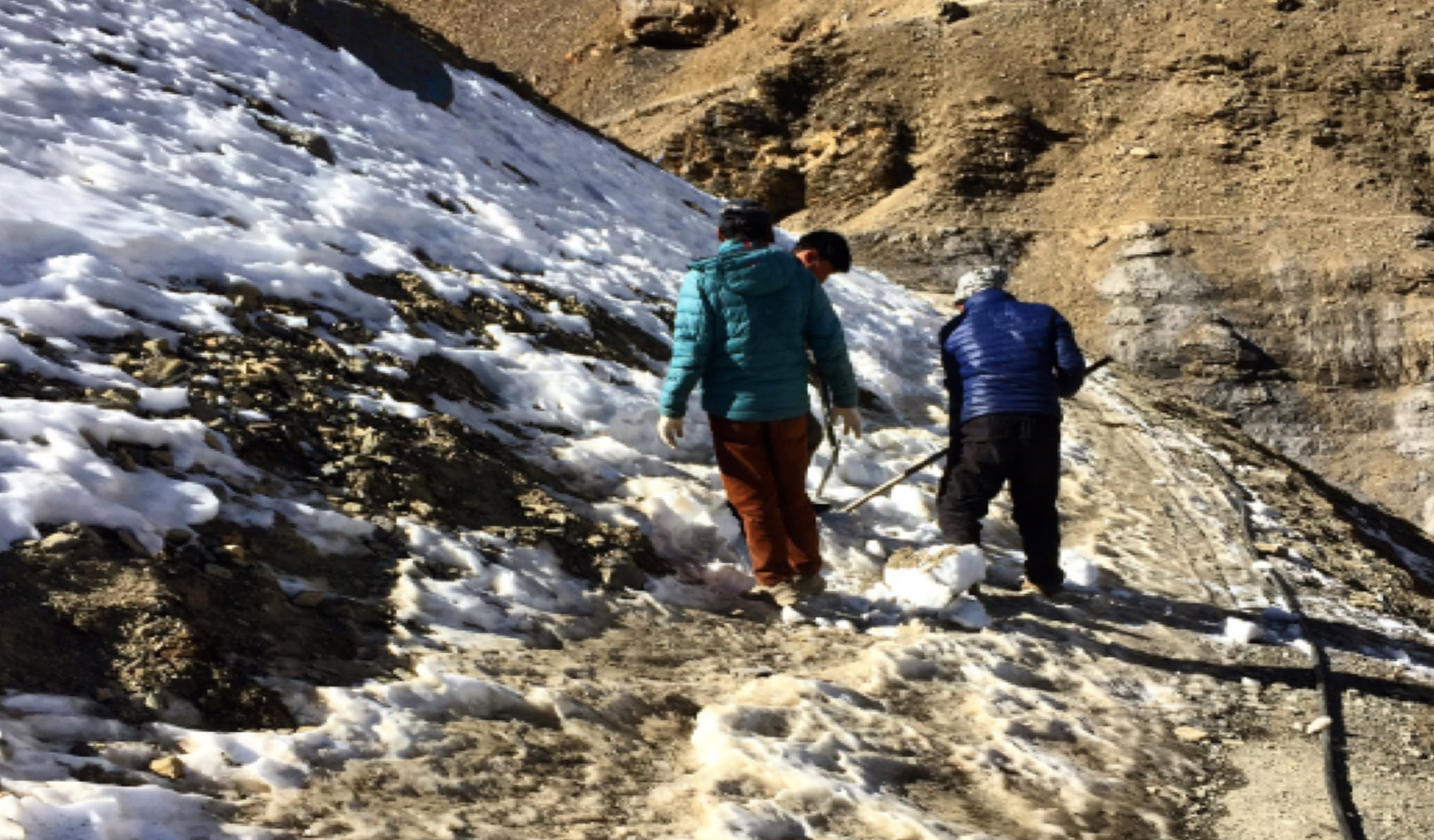
@High Camp: Our porter and guide clearing the snow in the trail to make the Thorong La trail accessible for us before our crossing on the next day.
Besides navigation, trekking is also challenging in many other ways. A sprained ankle, cold symptoms, heat stroke, altitude mountain sickness and etc may impede your trekking progress. Within a few days, a guide would be able to gauge your pace and determine whether the itinerary that he has previously set for you is achievable, if not, he is able to tweak the itinerary to suit your pace. Because he knows the trail so well, he can tell you how long more you need to walk before you reach your next pit stop accurately (based on your pace) ! Having a specific target kept me going when fatigue set in. One of my friends was down with a bad flu and thanks to our guide, we were able to use a shorter downhill route, get a jeep on the fly and get back to the city quicker. If we had been on our own, we will never know of this possibility and end up gritting our teeth for another two arduous days nursing a bad flu.
On the touristy trail, there were plenty of guesthouses to choose from and a good guide knows the best ones to stop for lunch or stay for the night. These guides usually have a good relationship with the owners and you may get a better deal for food and lodging. Research told me that in the peak season I was travelling in, guesthouses can get very crowded and we could end up sharing rooms with other trekkers, or even get turned away as owners would usually value their relationships with the guides by giving them priority for rooms over independent trekkers. We were pleasantly surprised that not only did we not have to share rooms, we were able to get two of the five rooms with superb mountain view during the peak season!
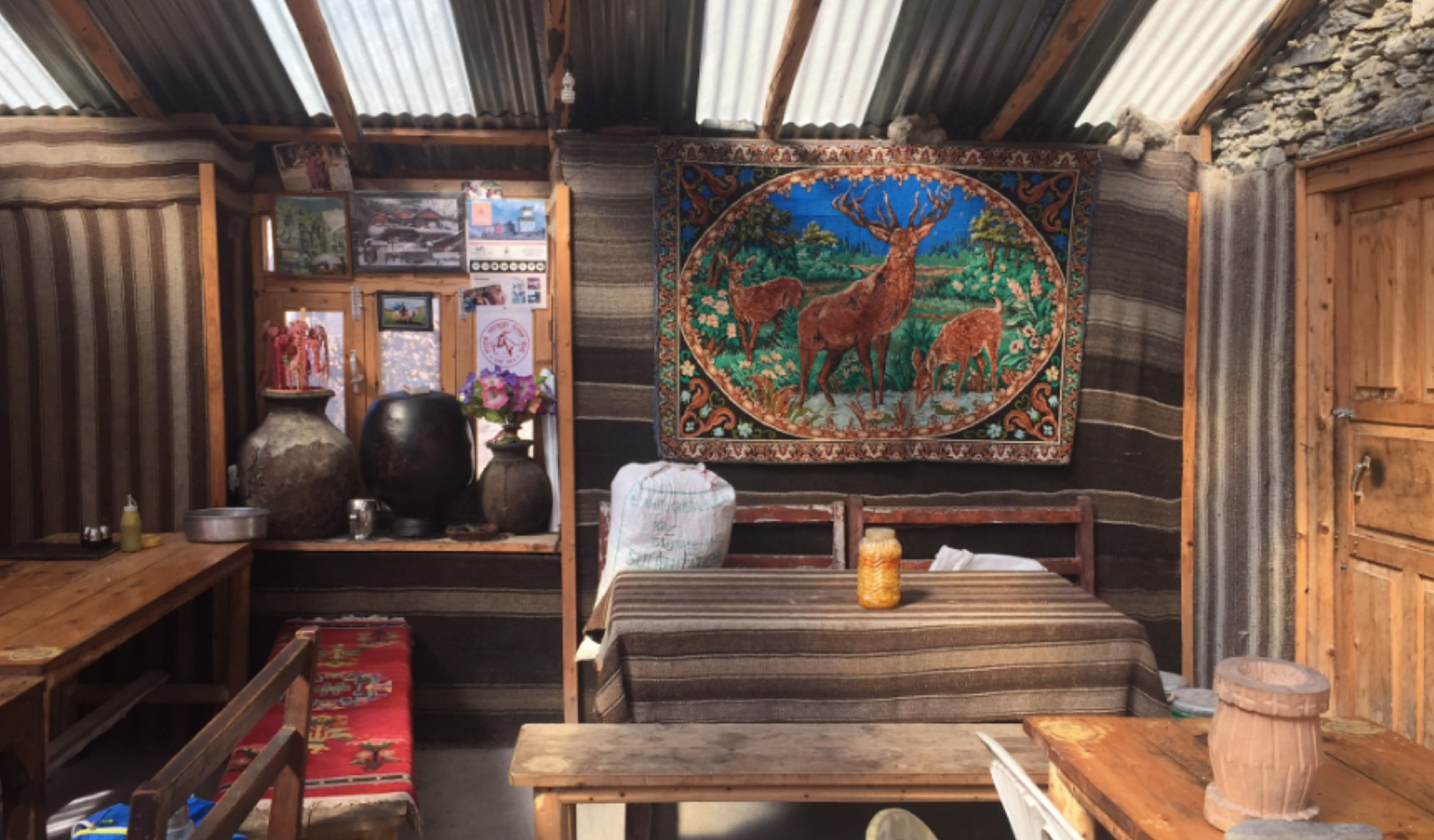
A really nice stopover place for lunch! Tasteful furnishings and awesome lunch here.

Yummy Dal Bhaat!
#2 Permits and Logistics
Needless to say, hassle-free travel is a top reason for engaging a guide. From the minute we touched down in Kathmandu, everything was a breeze. There is no need to haggle for the price of the taxi, or second guess the taxi driver fearing of the possibility of being overcharged in the middle of the night. In peak seasons, flight tickets sell out very quickly. Before deciding to hire a guide, I went online to try book for our flight to Pokhara and was frustrated that the there were no available flights on the day that we want to fly. That was when we decide to get a guide, hoping that he could secure us seats that we were not able to get. Luckily, we got the flights we had wanted through our guide. I read online that applying for trekking permits on our own can take up to one day. Other than such pre-trip bookings and permits, our guide also took care of our equipment for trekking.
Our guide was kind enough to lend us 2 trekking poles for free and rent us a big canvas bag for the porter to carry. This porter turned out to be his trusted partner so we didn’t have to worry that he might make a run with our bags. Every night, our guide briefed us what terrain to expect the next day and what we should pack in our day bag.
During the trek, the porter walked ahead of us with our bags. Usually the fastest member followed the porter while our guide took care of the rest behind. When my friend was out of stamina, our guide even offered to carry her bag (our porter was already carrying the maximum load) until we reached the guesthouse.
#3 Enriched Cultural Experience
If your agenda is solely about covering grounds and conquering heights, then one doesn’t need a guide. We wanted someone to give us insights into the local way of life without having to rely on google or Lonely Planet all the time. Trekking in Nepal, I realised, is more than just a wilderness experience. The trails are lined with small teahouses and farms run by the locals for generations. Throughout the 12 days of trekking, I learnt new things about each family through my guide. We chatted in basic English and played games with the homestay family. Our guide was an excellent translator when more complex ideas needed to be conveyed, covering a range of topics such as religion, politics, food and etc. Our guide even gave us Nepali lessons daily to pass time in the teahouses! At the end of our trek, I could write some Nepali letters and speak basic Nepali!
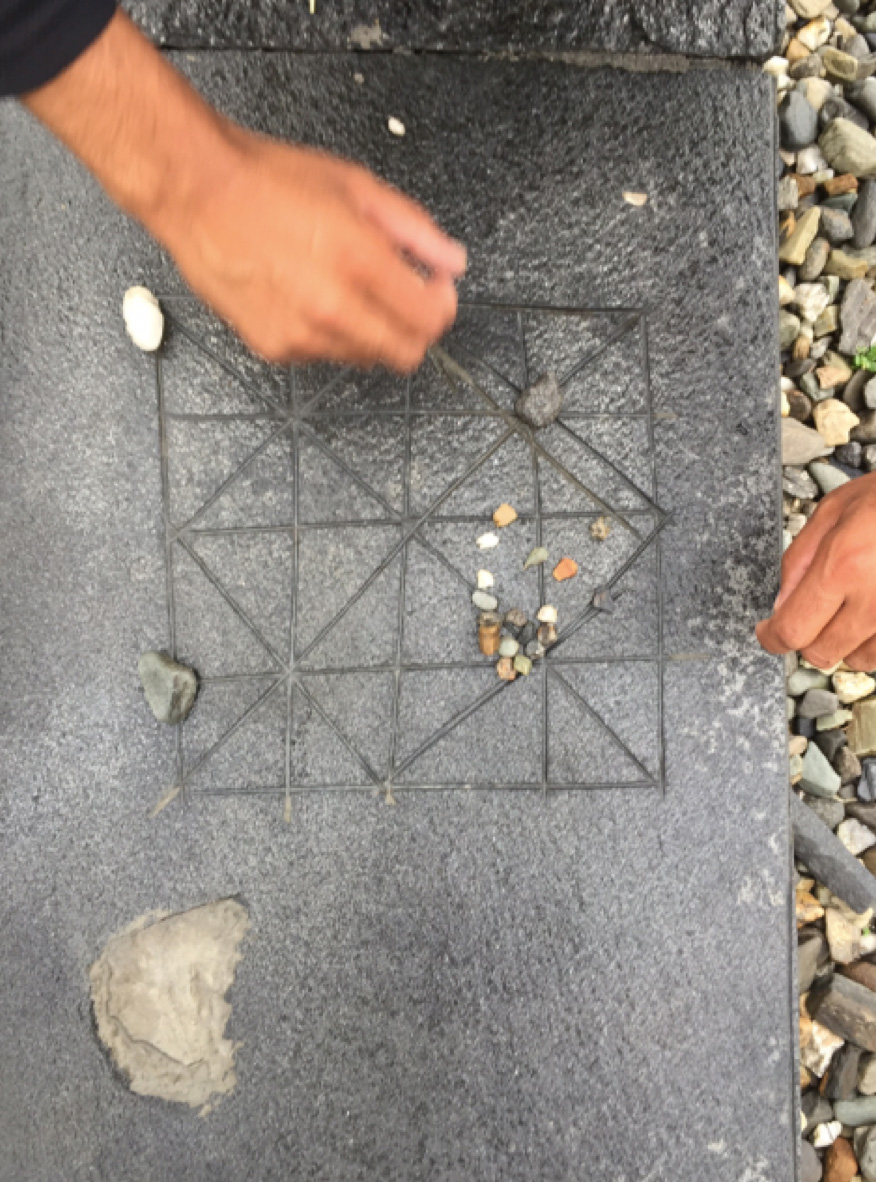
Playing a local traditional game called Tigers and Goats with the villagers.
After our trek, our guide invited us to his village in Kaski where he introduced his parents, brothers and neighbours over Dal Bhaat and Chia. We even tried to make Momo under his guidance. He showed us around his farm and we gathered the vegetables needed for making dinner – my first farm-to-table experience! We were so touched that they went out of their way to make us feel welcomed. Such meaningful engagement with the local community is something that we will always look back with fond memories. Indeed, a journey is not so much about the miles we covered, but the stories we bring home to tell.
#4 Support Local
Actually, hiring a guide is inexpensive in Nepal. The daily rate is about 65 USD a day, and covers all meals, accommodation, porter and transport on trek. Meals in the teahouses aren’t exactly cheap because of the scarcity of food at such altitudes. A meal could set you about 5 USD and after taking into account the other cost, the daily wage for a guide comes to about 25 USD a day for a whole day of hard work! My guide told me that unemployment is still very high in Nepal and tourism has one of the best prospects as compared to other industries. Many of his friends have left the country and worked as labourers all over the world. Half a decade later, many would return home, hoping to start a business in this industry. As for my guide and porter, they chose to stay close to their families and I couldn’t imagine how else this would be possible for them without the support of trekkers who engage their services. Ever since the earthquake, the tourism sector needs the funds more than ever to rebuild their vulnerable temples, trekking routes and other infrastructures. Even till now, they have yet to recover fully from the disaster. I guess one of the best things we can do to support the local is by spending our money at the local businesses. Besides, it’s pretty much a win-win situation too.

Our guide, Arjun and his porter friends
#5 Morale Booster and Awesome Photos
Even the easiest trek in the Himalayas is no walk in the park. The endless, winding stone steps, high altitude, biting cold can cause serious fatigue especially during the steep ascent. In such tested moments, every step required maximum effort, tears streamed down my face while I tried to catch my breath. But our guide had superhuman stamina, not only did he encourage us to keep moving, he even found the right angles, right moment, and the right location to take a stunning photo of us in action in the most flattering way. It was incredible. Throughout the trek, he seemed to know how best to capture the landscape and people. That truly was a value-added service.
Couldn’t have asked for more!
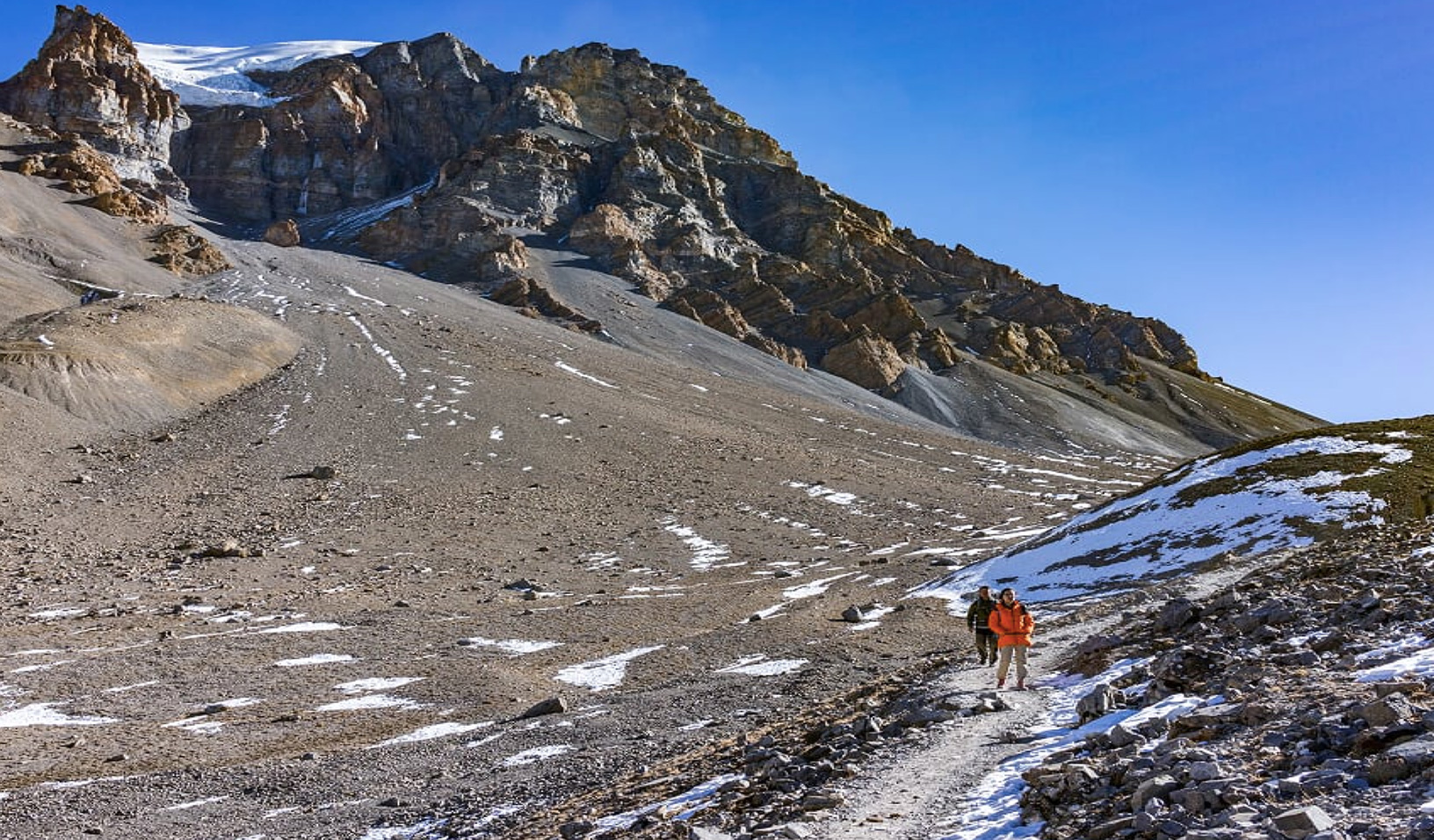
@Thorong La: Every step was tedious but our guide was ahead, leisurely taking a photo of us.

A shot of us posing above the river. Arjun had to perch precariously on a rock to take this photo!
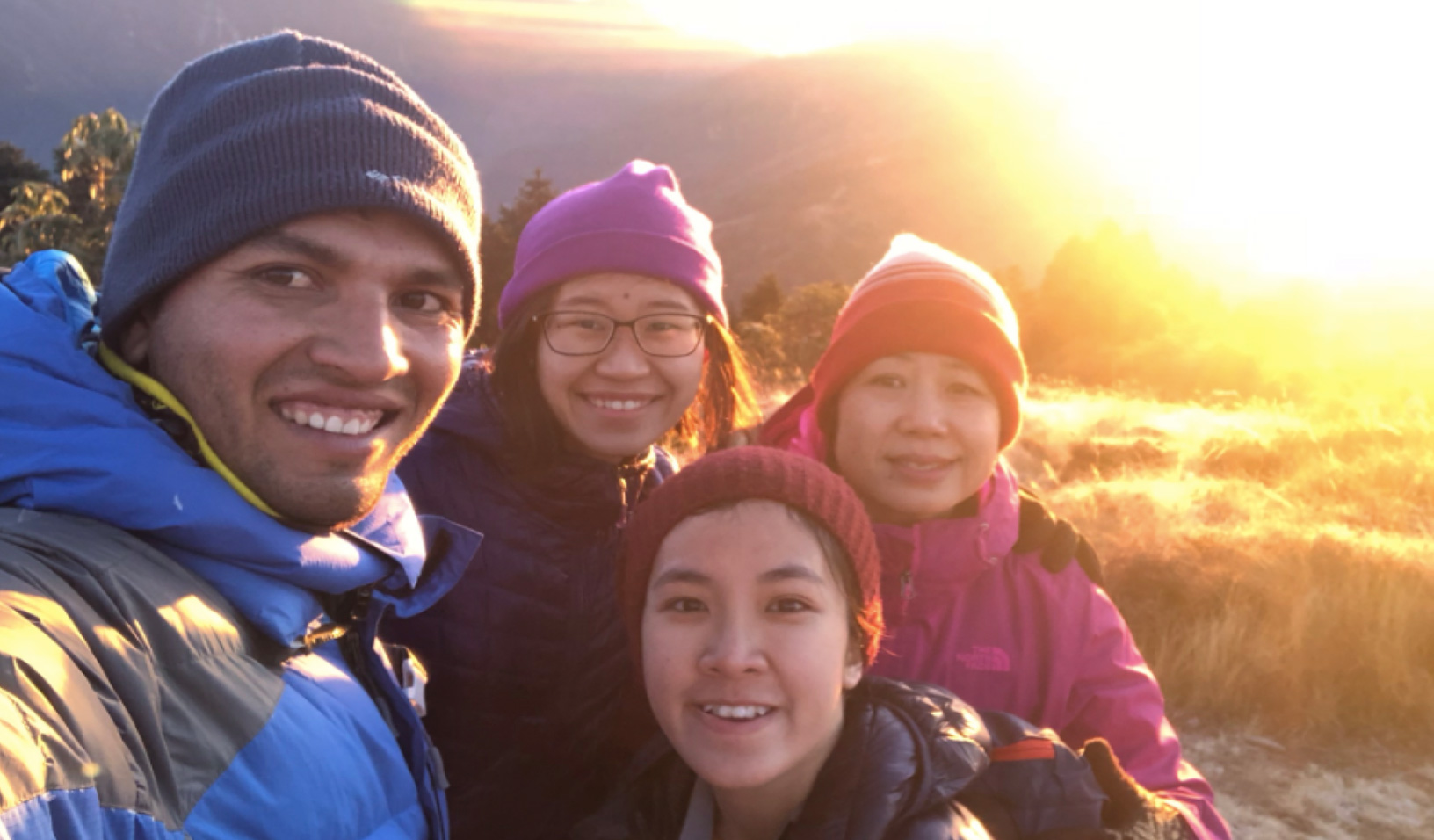
So, thank you Arjun and his team for making this trip so fun and enriching for all of us!
This site uses Akismet to reduce spam. Learn how your comment data is processed.
RECOGNISED BY
Goverment of Nepal, Ministry of Tourism.
Reg No.159210/073/74
Copyright © 2017 - Into Nepal Treks & Travels P (Ltd)
CONTACT
Email: info@intonepaltreks.com
Phone: +977-9846261514
WhatsApp: +977-9846261514

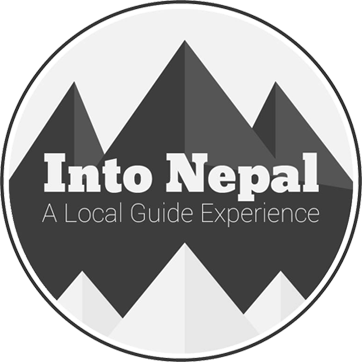

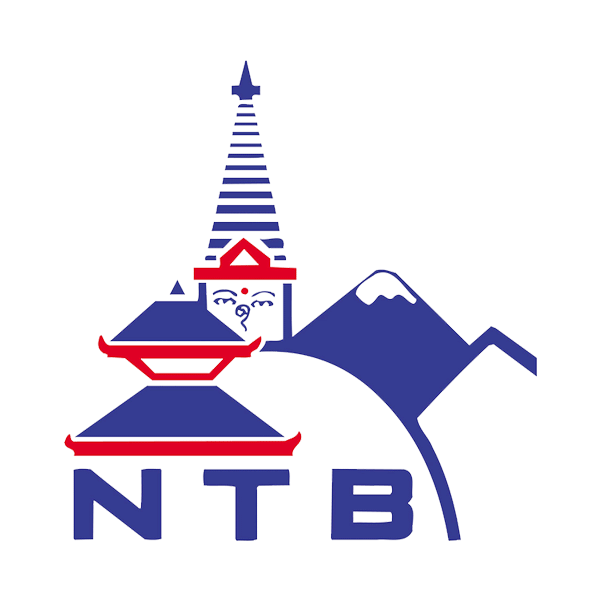
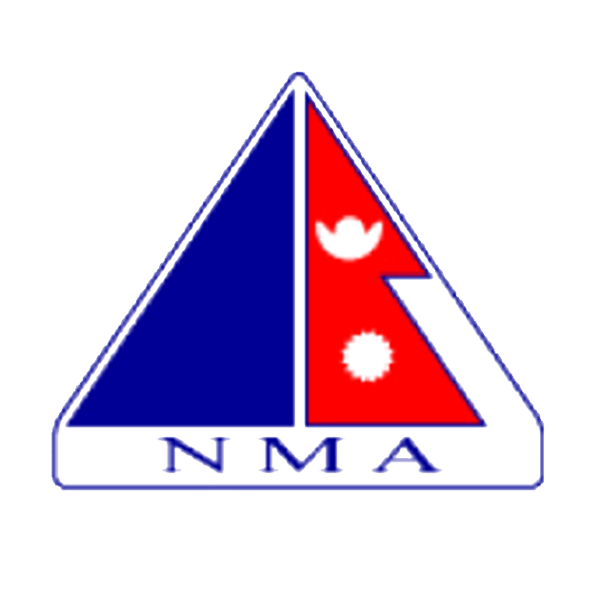
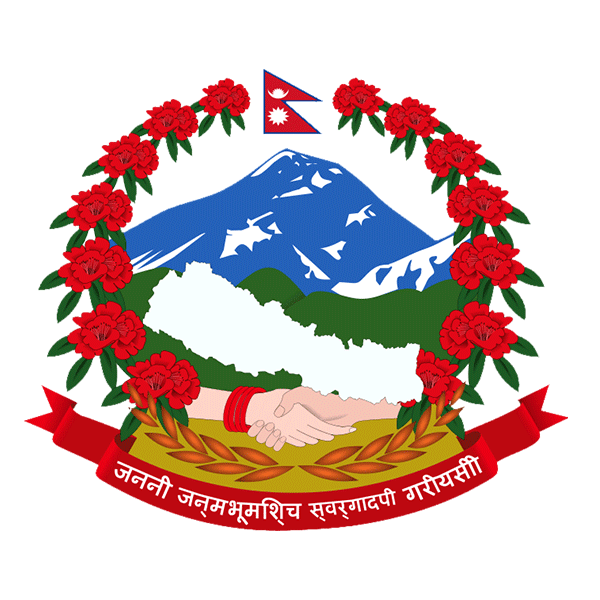
Leave a Reply